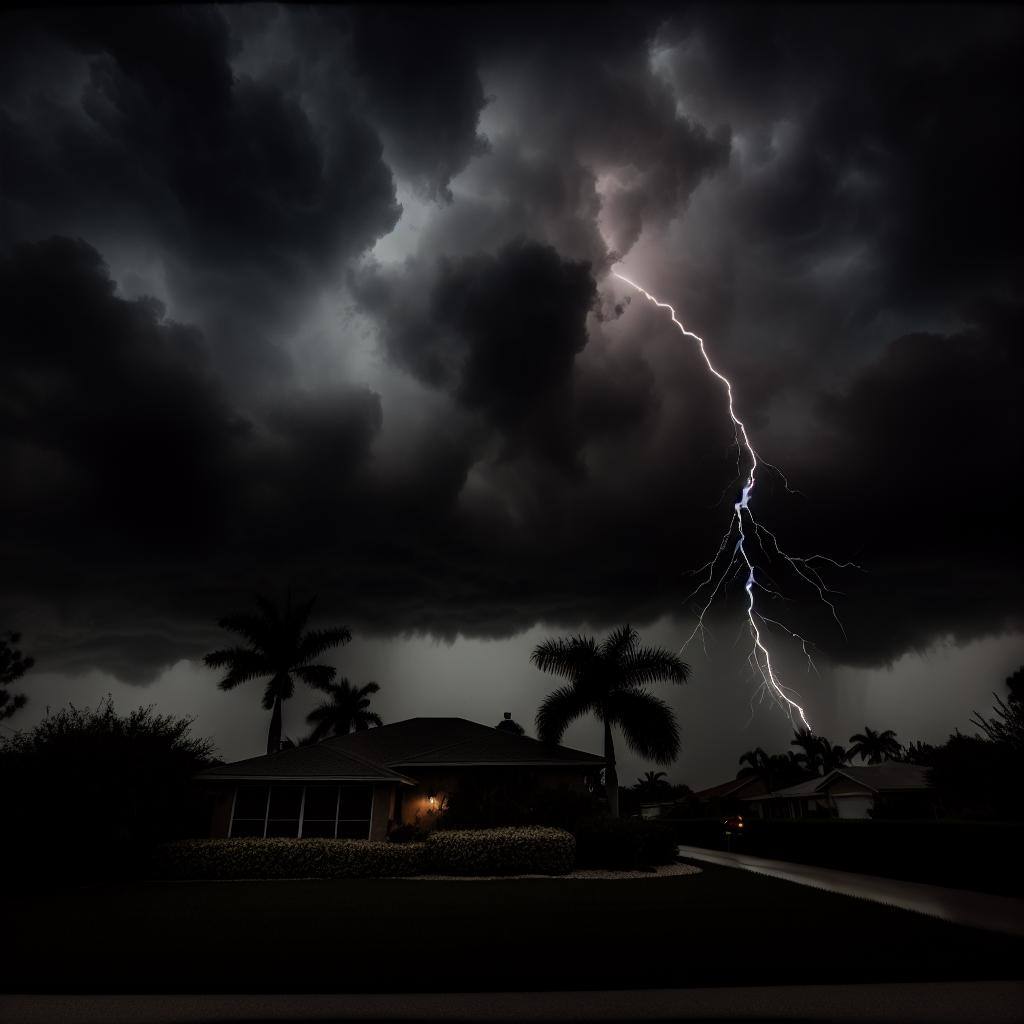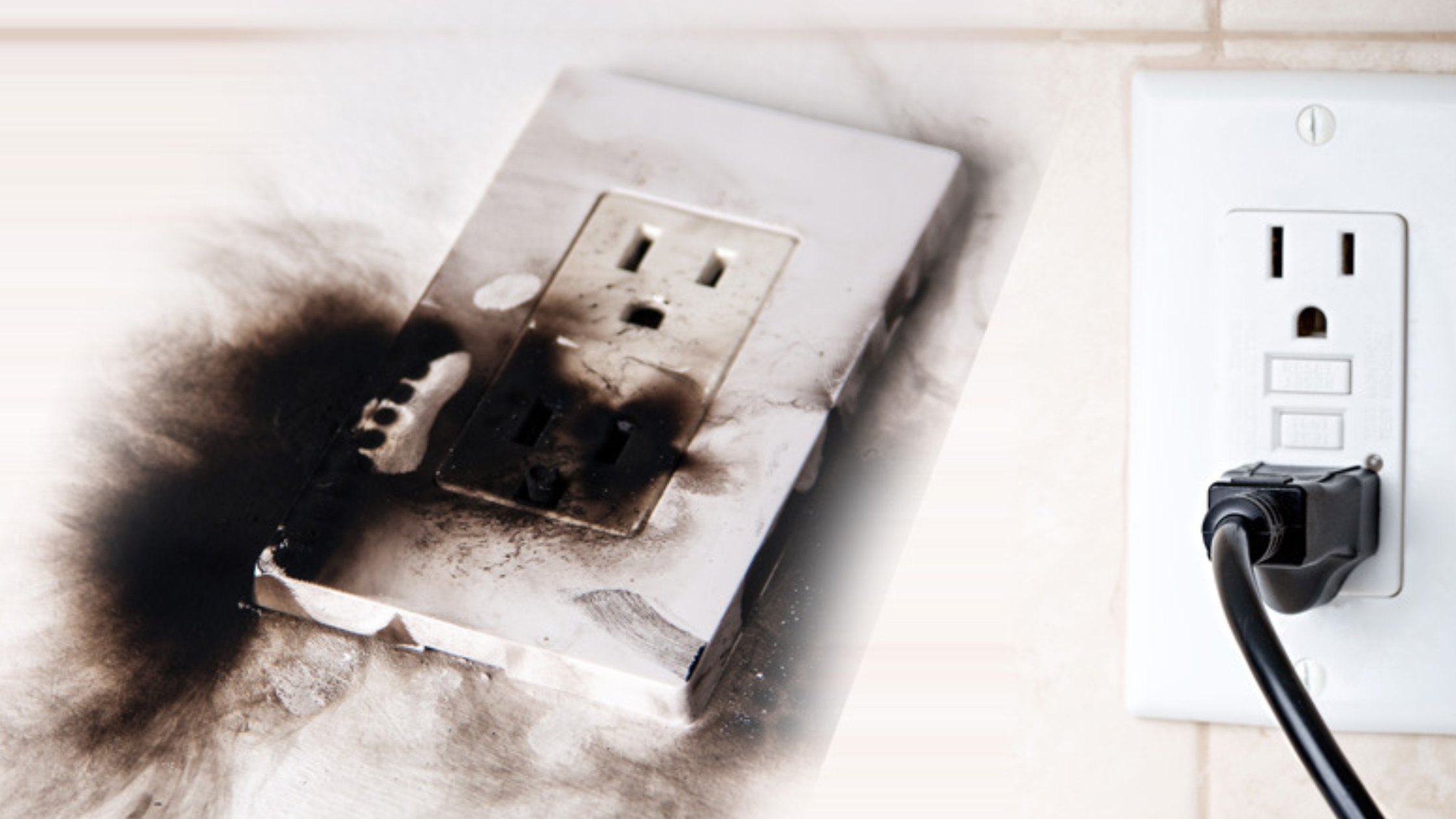If you're planning electrical work and asking, “Is there a smart way to save money without cutting corners?”—you’re asking the right question.
What Do Surge Protectors Protect? - Bryan Hindman Electric
- July 4, 2024

What Surge Protectors Don’t Protect: Understanding Their Limits
What do surge protectors do? Surge protectors are great for protecting your home from power surges, but they have their limits. Knowing what surge protectors don’t protect can help you better safeguard your home.
Here’s a breakdown of what they can’t do and how you can fully protect your electronics:
1. Power Outages
Surge protectors can stop power surges, but they can’t keep your devices running during a blackout. If the power goes out, your electronics will shut off. For protection against power outages, consider getting a battery backup or generator.
2. Direct Lightning Strikes
Surge protectors can help with small lightning surges, but a direct lightning strike can overwhelm them. One precaution is making sure your electrical system is properly grounded.
"Last year, I learned that surge protectors aren’t always enough. I was working on my computer during a storm, and even though I had a surge protector, lightning hit a power line, and my computer shut off. The surge came through my internet cable, damaging my computer beyond repair. I was glad the rest of the house was protected by the whole-house surge protector on the panel, but now I know to unplug sensitive electronics during storms. It’s a lesson I won’t forget."
- Mackayla R. Apollo Beach, Fl
3. Bad Wiring
Surge protectors don’t fix wiring problems in your home. Old or faulty wiring can cause power surges and fires. Regular checks by a licensed electrician can find and fix these issues, keeping your home safe.
4. Voltage Drops and Brownouts
Surge protectors handle short bursts of extra voltage, not long periods of low voltage (brownouts) or temporary drops in voltage (sags). These can still harm your electronics. A voltage regulator or line conditioner can help manage these problems.
5. Physical Damage
Surge protectors won’t stop physical damage to your electronics from drops, spills, or dust. Keeping your devices in a safe, dry, and clean place is important to avoid physical damage.
6. Wear and Tear
Surge protectors don’t last forever. They wear out, especially after a lot of surges. An old surge protector might not work as well as a new one. Replace them every two to three years or after a big power surge.
7. Data Cables
Surge protectors only cover power cords. Data cables like Ethernet, coaxial, and phone lines can still carry surges to your electronics. Use surge protectors that also cover data lines or add separate protection for these cables.
Extra Protection Tips
To fully protect your home’s electronics, combine surge protectors with other safety measures in accordance with 2020 National Electrical Code (NEC) and 2023 NEC safety standards:
- Whole-House Surge Protectors: These stop surges at the main electrical panel before they reach your outlets.
- Battery Backup (UPS): These provide power during outages and protect against voltage drops and brownouts.
- Regular Electrical Inspections: Ensure your home’s wiring and grounding are up to date and can handle modern electrical needs.
Knowing the limits of surge protectors helps you make better choices about protecting your home. Combining different safety strategies ensures your electronics stay safe from a variety of electrical issues.
Signs a Surge Protector Has Worn Out
Recognizing when a surge protector has worn out or when your home’s wiring needs updating is important to maintaining safety and protecting electronics, especially in areas like Florida where electrical surges are common. Here are some signs to look our for:
- Indicator Light is Off: Most surge protectors have an indicator light showing whether they’re active. If this light is off (and the protector is plugged in), it might mean the device is no longer working effectively.
- Physical Damage or Burn Marks: Visible damage, burn marks, or melted spots on the surge protector are signs of overheating or internal failure.
- Frequent Tripping: If the protector constantly trips or causes devices to flicker, it may no longer handle surges correctly.
- Age: Surge protectors degrade over time. For high-use areas like Florida, where surges are more common, consider replacing them every 3-5 years.
Did you know?
The 2020 National Electrical Code (NEC) introduced several updates regarding surge protection for homes. According to Article 230.67, all new homes and major upgrades to electrical services must include a surge protective device. This applies to single-family, two-family, and multi-family homes. The goal is to protect modern electronics and appliances from power surges that can originate both inside and outside the home. These surges can come from lightning strikes, utility grid changes, or internal sources like large appliances cycling on and off.
By understanding what surge protectors can and can’t do, you can better protect your home. For more tips on keeping your home’s electrical system safe, keep following our blog or contact us for an electrical inspection.
Let’s be honest—our $329 electrical inspection isn’t about finding problems that don’t exist; it’s about making sure small issues don’t become big, expensive headaches later. We’ll spend about an hour and a half going through your attic, outlets, switches, panel, and the exterior of your home. Our hope? We don’t find anything at all, but if there’s something lurking, you’ll be glad we caught it early, like Mark and Julie:
"We got an electrical inspection just to be safe. We didn’t have any issues, but the electrician found that some critters had chewed through a couple of wires in the attic. Luckily, it was a quick fix, and we’re glad we caught it before it caused any problems. It was worth it for the peace of mind." Mark and Julie Z., Brandon, Fl
FAQ
What are surge protectors?
Surge protectors are devices that shield electronic devices and appliances from sudden power surges, which can be caused by factors like electrical faults, downed power lines, or lightning strikes, a particular concern in Florida given the frequent thunderstorms. Surge protectors work by redirecting excess voltage safely to the ground, preventing it from reaching your devices and causing damage.
What do surge protectors do?
Surge protectors act as a defense system for your electronics, shielding them from sudden voltage spikes that can occur due to lightning, power outages, or electrical malfunctions. When a surge happens, the surge protector detects the excess voltage and safely redirects it, often by channeling it into the ground wire. This prevents the extra voltage from reaching your devices, which could otherwise lead to overheating, short circuits, or permanent damage. For Florida residents, surge protectors are especially important to protect valuable electronics from frequent thunderstorms and power fluctuations.
Do surge protectors need to be grounded?
Yes, surge protectors must be grounded to work effectively. Grounding provides a safe path for the excess voltage to be redirected away from your appliances. In a place like Florida, where lightning storms are common, having a grounded surge protector is essential to prevent costly damage to electronics.
Can surge protectors protect against lightning?
While surge protectors offer some level of protection against lightning-induced surges, they’re not foolproof for direct lightning strikes. Florida's high frequency of lightning makes it wise to use whole-house surge protection along with individual surge protectors to provide layered security. For added protection, consider unplugging sensitive electronics during severe storms.
Do you need a surge protector?
Yes, surge protectors are essential, especially in Florida. Frequent storms and power fluctuations can easily damage electronics, making surge protectors a valuable safeguard for computers, televisions, and home appliances. Whole-home surge protection, in particular, can help Florida residents avoid costly replacements and repairs.
Do surge protectors have a wattage limit?
Yes, surge protectors come with a wattage and amp limit. This rating varies depending on the type and model. It’s crucial to check these ratings and ensure you’re not overloading the protector, as excess wattage can reduce its effectiveness and pose safety risks.
From the blog



